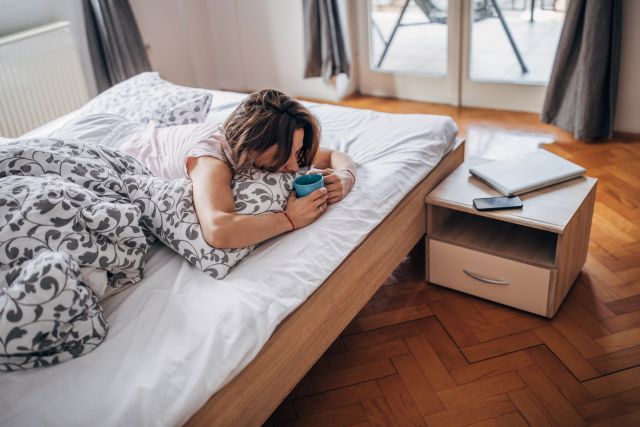Many people have heard of narcolepsy—a disorder that can cause people to fall asleep suddenly during activities like eating, talking, or even driving. Fewer people have heard of idiopathic hypersomnia, another condition that can cause sudden and extreme daytime sleepiness.
While both conditions are rare, narcolepsy is the more common of the two. While exact numbers are difficult to pin down, narcolepsy affects approximately 1 in every 2,000 people. It’s estimated that IH affects 1 or 2 people out of every 10,000.
Here, we look at some of the similarities—and important differences—between these two conditions.
Shared characteristics
Before getting into the differences, let’s take a brief look at some of the similarities between narcolepsy and IH.
- Both narcolepsy and IH are forms of hypersomnia that cause excessive daytime sleepiness.
- Both are neurological disorders (conditions of the nervous system).
- It is not known what causes either condition, though researchers believe that genetics play an important role.
Both conditions are typically treated with medications, and changes to lifestyle and habits also play a role in management. However, since they are different conditions, each requires a different approach to treatment—which begins with getting an accurate diagnosis.
Key differences
Diagnosing IH or narcolepsy involves a close look at the symptoms a person is experiencing. Symptoms are an area where the two conditions differ. Here is a closer look:
- Nighttime sleep. A person with IH may sleep for 10 straight hours or more each night. In contrast, people with narcolepsy tend to get fragmented sleep at night, waking often, and sleeping for 8 hours or less.
- Duration of daytime sleep. A person with IH may nap during the day for a duration of time. Someone with narcolepsy may experience "sleep attacks," in which they fall asleep suddenly for only a few seconds or minutes during the day.
- Alertness after daytime sleep. When a person with narcolepsy takes a short nap in the afternoon—which is often recommended—they will likely feel refreshed and alert for a few hours after. But people with IH tend to feel groggy and tired during the day, despite the many hours of sleep they get during the night.
- Cataplexy. There are two types of narcolepsy—type 1 and type 2. People with type 1 experience cataplexy, a type of muscle weakness that can occur when experiencing a strong emotion (for example, when laughing at something funny). People with IH do not experience this symptom.
- Rapid eye movement (REM) period. People with normal sleep cycles tend to enter REM sleep (dream sleep) after about 60 to 90 minutes. People with narcolepsy often enter REM sleep within 15 minutes, which leads to fragmented sleep. But in IH, REM sleep doesn't occur at all, or only occurs during daytime naps.
- Sleep drunkenness. Although it can occur in both conditions, sleep drunkenness is more commonly a symptom of IH. With sleep drunkenness, a person has difficulty waking up or has a very strong urge to go back to sleep.
- Sleep paralysis. People with narcolepsy are more likely to experience sleep paralysis—they cannot talk or move for a few minutes after waking up. When they wake up or fall asleep, people with narcolepsy are also more likely to experience sleep hallucinations—intense visions or sounds that aren't actually there.
While understanding the differences between these conditions is important, your best source of information will be a healthcare provider. Narcolepsy and IH are different conditions and require different approaches to treatment. If you are struggling with daytime sleepiness or other symptoms of a sleep disorder, make an appointment with a healthcare provider.
Medically reviewed in December 2021.






